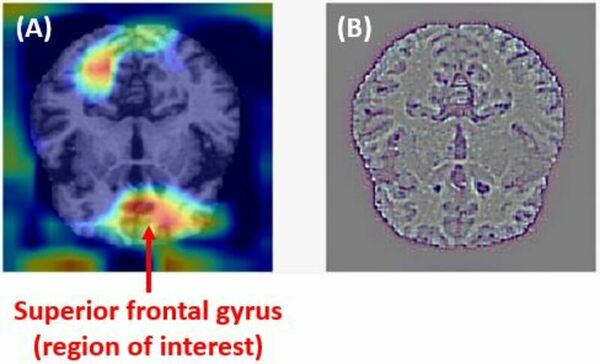A novel approach for early detection of Alzheimer’s disease using deep neural networks with magnetic resonance imaging
(1) Ascencion Solorsano Middle School
https://doi.org/10.59720/21-053
Since there is no cure for Alzheimer’s disease (AD), early detection is essential to mitigate the symptoms. However, early detection is extremely challenging because brain MRI scans during these initial stages look very similar to normal MRI scans to the human eye. To assist in early disease detection, we developed a convolution neural network deep learning model using a transfer learning approach to extract features and a custom dense layer to detect and classify the early stages of AD. We collected MRI scans from Kaggle and ADNI institutes at several stages of AD (mild, moderate, severe) as well as healthy control scans. We used Resnet-50, VGG-16, and DenseNet-169 base models and compared their performances for classifying the stages of AD. The test area under the curve (AUC) for each of the base models Resnet-50, VGG-16 and DenseNet-169 were 0.8334, 0.9047 and 0.8898, respectively, based on 1279 Kaggle MRI images and 0.7332, 0.7383 and 0.7133, respectively, based on 132 ADNI MRI images. VGG-16 outperformed both DenseNet-169 and Resnet-50 models and showed more accurate results. Our deep learning approach also detected and extracted the region of interest (ROI) as the superior frontal gyrus (SFG) and the hippocampus for the Kaggle and ADNI brain axial MRI images, respectively.
This article has been tagged with: